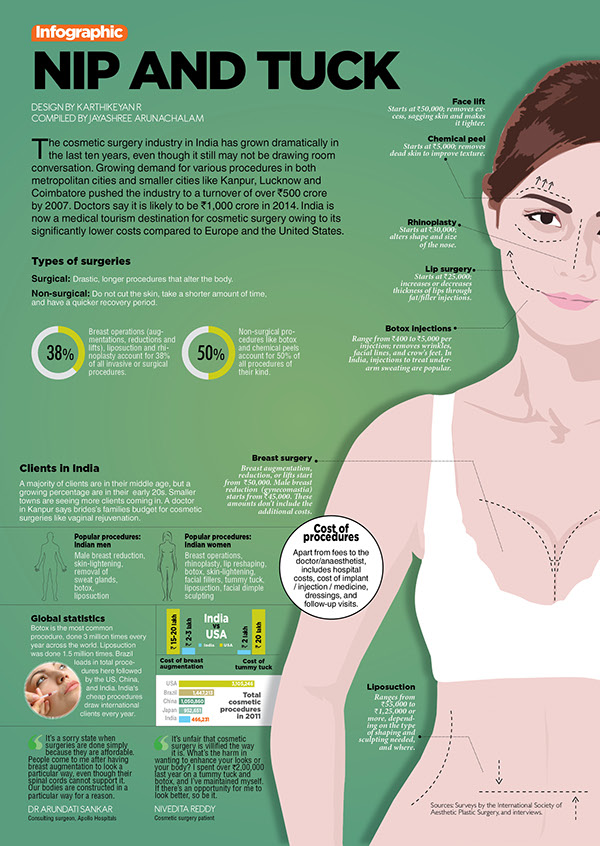How To Start Using Retinol For Acne
How To Start Using Retinol For Acne
Blog Article
Finest Active Ingredients For Acne-Prone Skin
Benzoyl peroxide kills germs that create acne and aids get rid of excess oil. It also helps decrease the appearance of dark areas that remain after acnes clear.
Avoid active ingredients that obstruct pores, like mineral oils, and go with hydrating ingredients that help smooth skin. Look for these four best anti-acne ingredients.
Willow Bark Extract
Willow bark extract is a natural source of salicylic acid. When utilized at cosmetic concentrations, it can trigger a similar effect as synthetic salicylic acid without its disadvantages (primarily inflammation).
The essence includes prodrug salicin, which is quickly metabolized to the active compound, acetylsalicylate. Its anti-inflammatory and analgesic effects come from this metabolite, along with other chemical components of the plant such as phenolic acids, flavonoids, and polyphenols.
It also has sedative residential or commercial properties, which make it effective in treating chronic pain and rheumatic problems such as osteo arthritis. Nonetheless, due to the fact that it consists of chemicals that simulate pain killers, people who have a known allergy to aspirin need to stay clear of willow bark supplements. It can additionally connect with a variety of medicines, including aspirin and various other nonsteroidal anti-inflammatory medicines (NSAIDs) and cyclooxygenase preventions, such as advil (Advil, Motrin), and may enhance the risk of belly blood loss. It can additionally engage with some diuretics (water pills) and can increase blood levels of particular medications, such as phenytoin (Dilantin).
Kaolin
Long before AHAs, BHAs and countless various other active ingredients, appeal enthusiasts turned to one of one of the most efficient ingredients to help protect against outbreaks: kaolin. Kaolin clay is naturally adsorbent, which helps to draw excess oil and contaminations from skin. It is utilized in makeup, cosmetics, medical spa body treatments, and as a gentle unpleasant in tooth paste. It's likewise used in vet medical products to treat digestive system problems and in poultices for treating injuries.
This mineral clay can be white, yellow, pink or red ultherapy (red kaolin suggests a high concentration of iron oxide) and is often combined with eco-friendly tea delegates form a comforting face mask. It can likewise be found in face cleansers and is especially helpful for those with combination or oily skin.
Geige advises trying to find easy solutions without pore-clogging components, such as alcohol, which can cause your skin to overproduce oil in an effort to compensate, leading to outbreaks. Instead, look for an item that contains fatty alcohols like cetyl or shea, as these are much less drying out.
Sodium Ascorbyl Phosphate (Vitamin C).
Salt Ascorbyl Phosphate (or SAP, for short) is the "badass all-natural acne therapy" no one's speaking about. It's a water-soluble type of Vitamin C that can be used in greater concentrations than its older bro, L-Ascorbic Acid, without ending up being unstable or oxidizing promptly.
Research study shows that it has antioxidant residential properties and can help reduce staining. It can likewise be effective at rebalancing sebum manufacturing and combating acne-causing microorganisms.
Professionals agree that skin with acne must be treated with ingredients that both scrub and relieve. Seek items that include alpha and beta hydroxy acids (AHAs) to break down dead skin cells and unblock pores, as well as anti-inflammatory components like niacinamide. Also, seek oil-free, non-comedogenic moisturizers that do not block pores. You'll additionally wish to include components that work at killing microorganisms, such as zinc sulphate and benzoyl peroxide. Finally, do not use active ingredients that contain occlusive representatives, such as dimethicone and cyclomethicone, which can create an oily film on the skin and blockage pores.
Aloe Vera.
There are a handful of scientifically shown active ingredients-- like salicylic acid, benzoyl peroxide, retinoids and niacinamide-- that have been revealed to help deal with acne by unclogging pores, killing germs, regulating oil and accelerating skin cell turn over. More all-natural alternatives like tea tree oil and aloe vera likewise have antimicrobial, anti-inflammatory and comforting homes.
Called the 'plant of eternal life,' Aloe vera is a deep environment-friendly cactus-like plant that contains a gel inside its fallen leaves and can be located in sunburn treatments, aesthetic products and tonics that advertise gastrointestinal health and wellness. Yet the plant is likewise renowned for its medicinal and medicinal homes, and researchers at the Royal Botanic Gardens in southwest London are investigating its lots of asserted restorative advantages-- consisting of the anti-inflammatory home of the gel inside the fallen leave, the ability to control blood sugar level and cholesterol levels and its function as a reliable burn wound healer. They are additionally diving into the plant's evolutionary history to determine what other plants it might be very closely pertaining to that can share a few of its helpful homes.